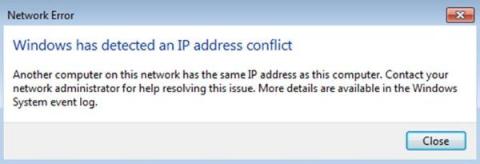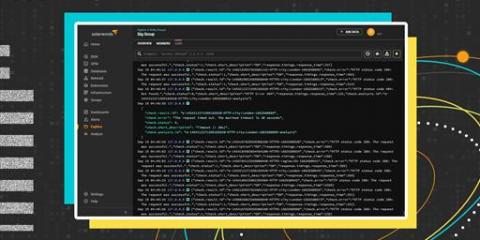What's an IP Address Conflict, and How Do You Fix It?
When you’re just starting as a network engineer, an IP address conflict can be a difficult issue to resolve. In this post, we’ll look at what an IP address conflict is and why it occurs. Then, we’ll talk about the types of IP address conflicts and the ways to fix them. We’ll also discuss how to detect and prevent IP address conflicts. Detection and prevention can be done best with certain tools, so we’ll learn about the top five tools to use.











